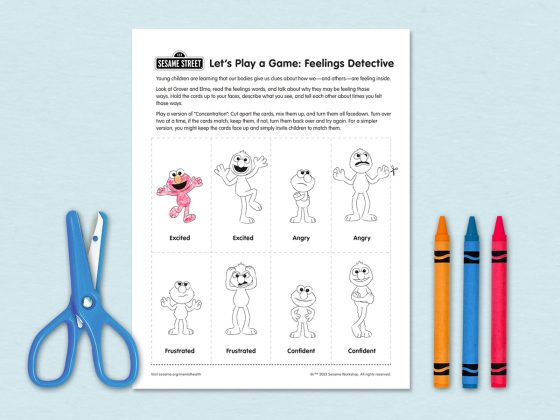
Let’s Play a Game: Feelings Detective
Help children “see” feelings on others’ faces or bodies… and understand that everyone shows their feelings a little differently.
Watch this video together, then:
Print and share this page on which Grover and Elmo are showing four different feelings.
- Explain that our bodies give us clues about how we (and others!) are feeling inside.
- Invite children to color the pictures.
- Look at Grover and Elmo and read the feelings words.
- Talk about why the friends might have these feelings.
Then play “Match It”:
- Cut apart the cards, mix them up, and turn them all facedown.
- Turn over two at a time, if the cards match, keep them, if not, turn them back over and try again.
- To make the game easier, keep the cards face up and invite children to match them.
- As you make each match, act out each feeling with your faces and bodies.
You might also:
- Hold the cards up to your faces and tell each other about times you felt those ways.
- Point out that Grover’s and Elmo’s feelings look a little bit alike on their bodies and faces, but not everyone shows their feelings in exactly the same ways. Together, be “feelings detectives” and look very closely to find small differences. Talk about what’s the same and what’s different between Grover and Elmo as they’re experiencing the same feelings.
- Use the game as an opportunity to talk about how we all need different things to take care of our feelings. For instance, when we are angry, some of us need privacy and quiet time to calm down, and some of us want to talk right away about why we are angry.
- Expand children’s vocabulary around emotions. Talk about each feeling and others that are similar:
Excited: enthusiastic, happy, energetic
Angry: irritated, frustrated, annoyed
Confident: proud, courageous
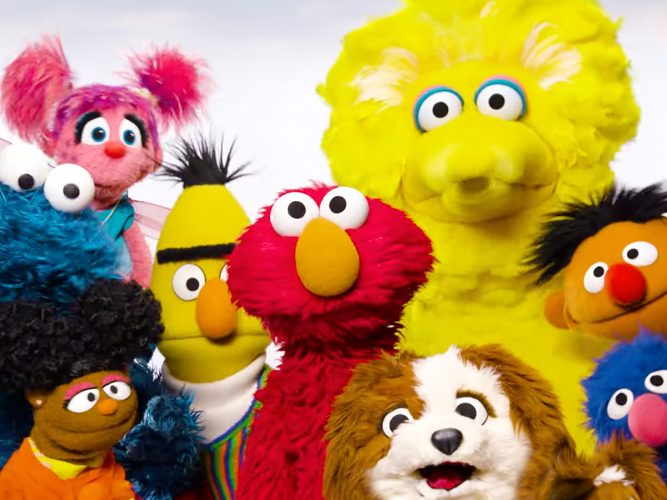
Hum Along to Sunny Days With Elmo and Friends
A video about the power of humming.
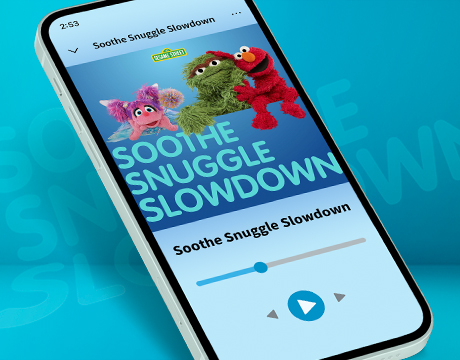
Soothe Snuggle Slowdown: Songs and Strategies for Restful Sleep
This curated playlist helps little ones (and their tired grown-ups) relax and unwind! A mix of mellow tunes sets the mood for naps, bedtime… or just some much needed down time.

Mindful Caregivers
Practicing mindfulness is a great way to slow down and reset.

What Mental Health Specialists Want Parents to Know About Anxiety
An article for parents about childhood anxiety

When You’re Concerned About Your Child’s Mental Health
An article for parents concerned about children’s mental health.
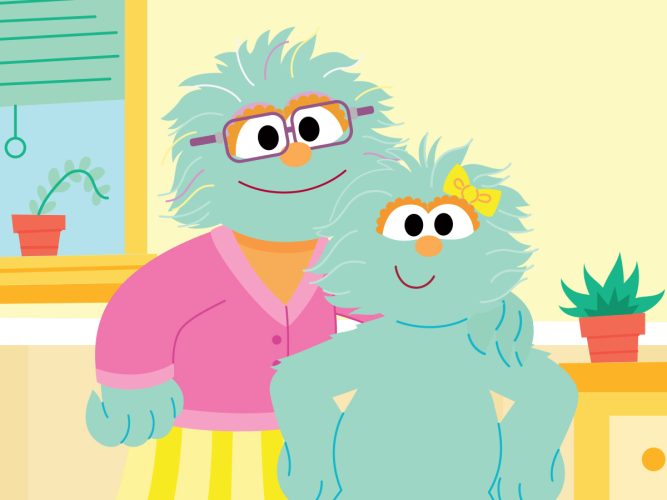
Components of Community: The Science of Kindness
Explore ways to connect and foster kindness in everyday life.
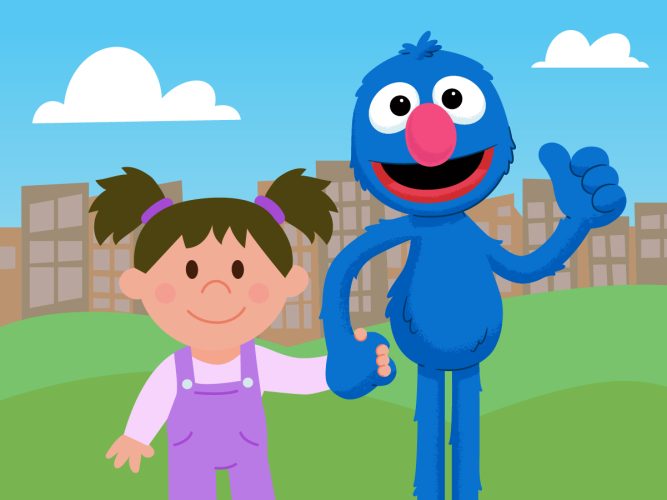
Components of Community: Creating Social Connections to Address Mental Health
